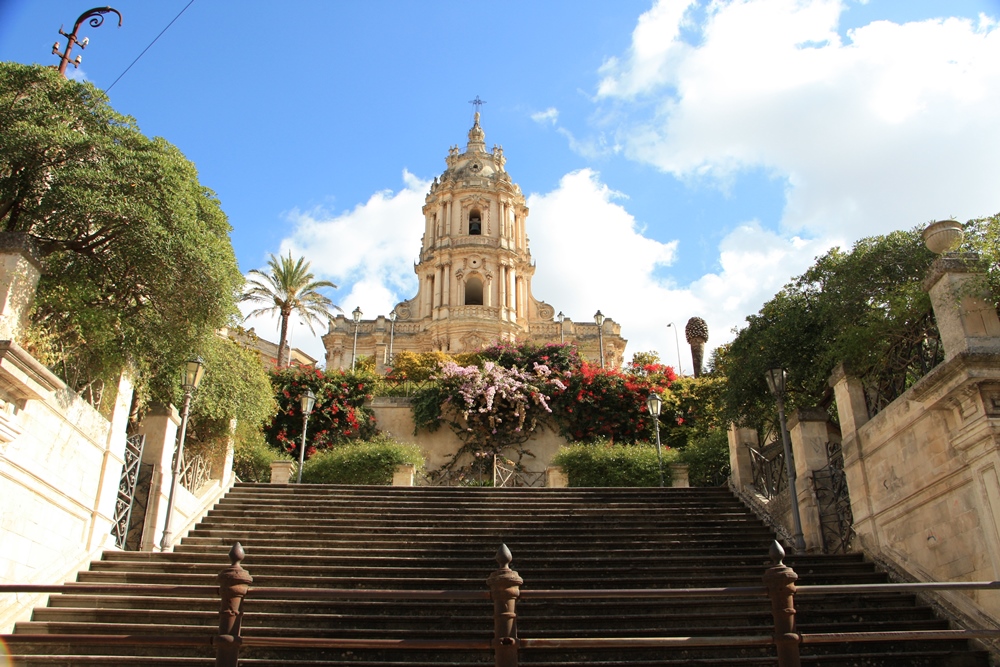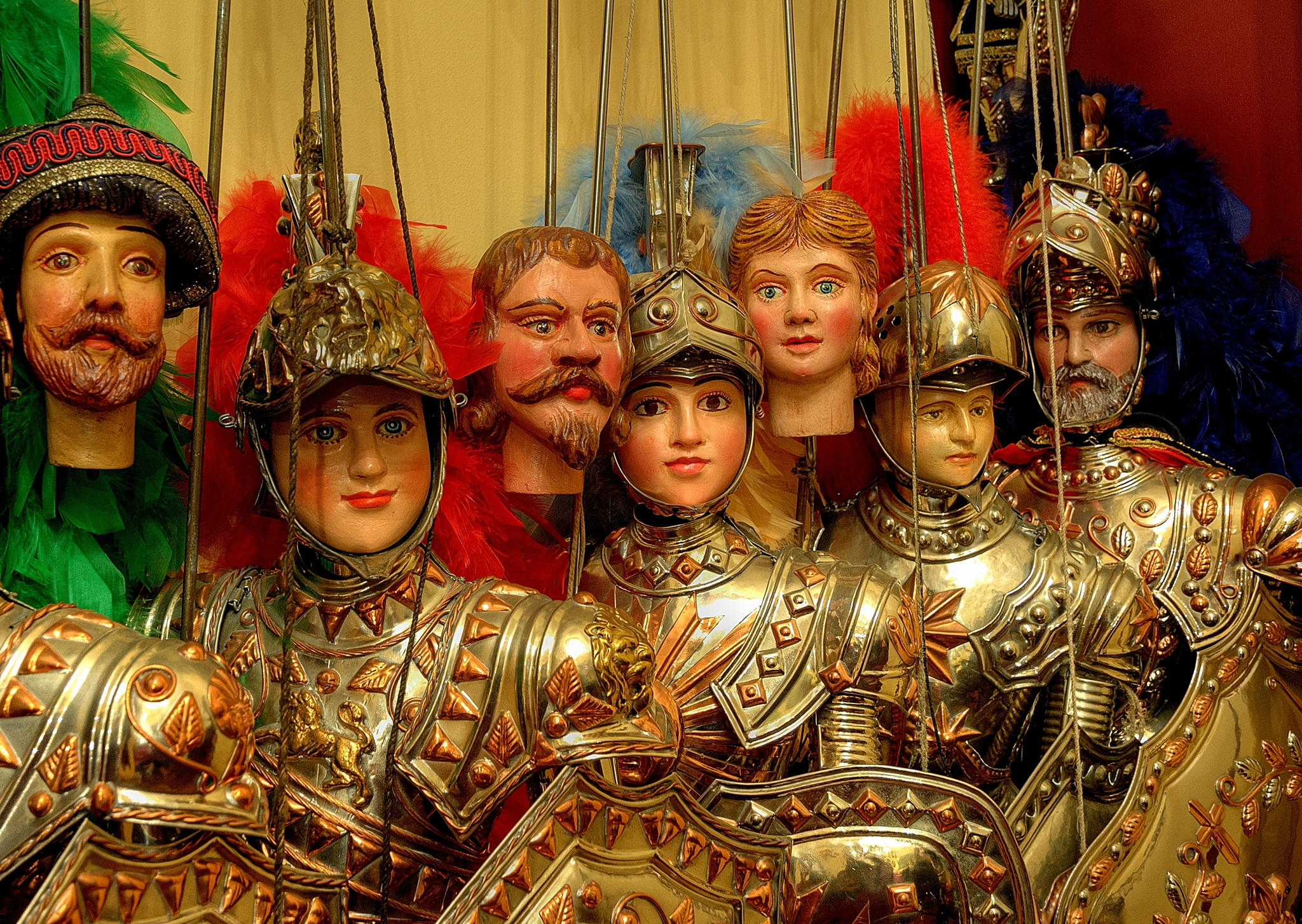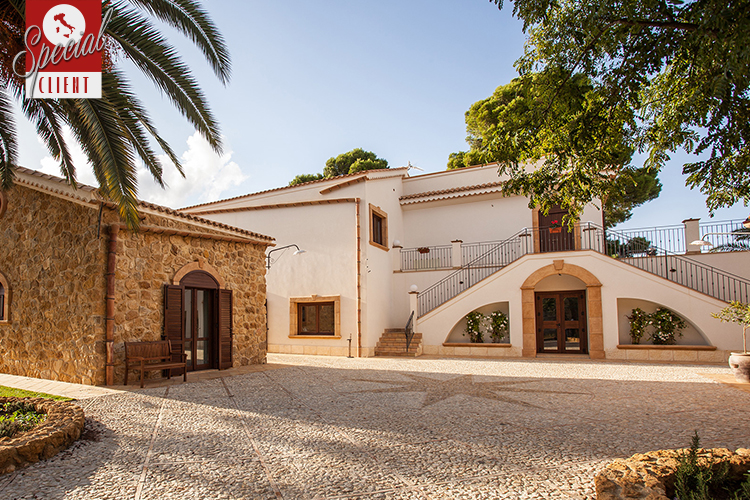In Sicily, in Enna, precisely in Piazza Armerina, stands the Villa del Casale, a wonderful example of Roman luxury construction of the late-periodand important testimony to study and understand the life of the Roman civilization thanks to the precious mosaics perfectly preserved that illustrate scenes of everyday life. Given the many past dominations on these lands it is amazing how the mosaics have been respected and preserved. Evidently their beauty was well understandable to anyone.
The villa testifies the presence of the Romans on the territory for the management of the rural economy of the Western Empire and is a concentration of pomp and wealth, one of the most luxurious of its kind.
It extends for about 3,500 square meters and includes forty-eight rooms covered with mosaics preserved in perfect condition.
The scenes represented by the mosaics allow you to reconstruct the history of the Roman people through scenes of daily life, customs and traditions, depictions of hunting, games, heroes and gods.
It is the mosaics inside the Villa of Piazza Armerina that have made it famous and, thanks to their magnificence, have been recognized as the most beautiful Roman mosaics in the area.

initalia.virgilio
Brief history of the Villa of Piazza Armerina
The Roman Villa of Piazza Armerina was built in an area, at the time, already inhabited and among the owners who have been hypothesized there could be the emperor Maximian or his son Maxentius.
Another fairly creditable hypothesis is that Valerio Proculo, a politician active in Rome at the same time the villa was built, is the owner of the luxurious villa Lucio Aradio.
However, over the centuries, the villa saw a succession of owners who lived there, many of whom took care of its preservation: for example, we know that in Byzantine times the inhabitants of the villa even engaged in restoration works.
Then, when the Normans conquered Sicily, in the mid-eleventh century, it was their turn to inhabit the Villa of Piazza Armerina.
Thanks, therefore, to a succession of inhabitants who took care of the state of the Villa del Casale, the wonderful mosaics of Piazza Armerina have come to us intact and well preserved.
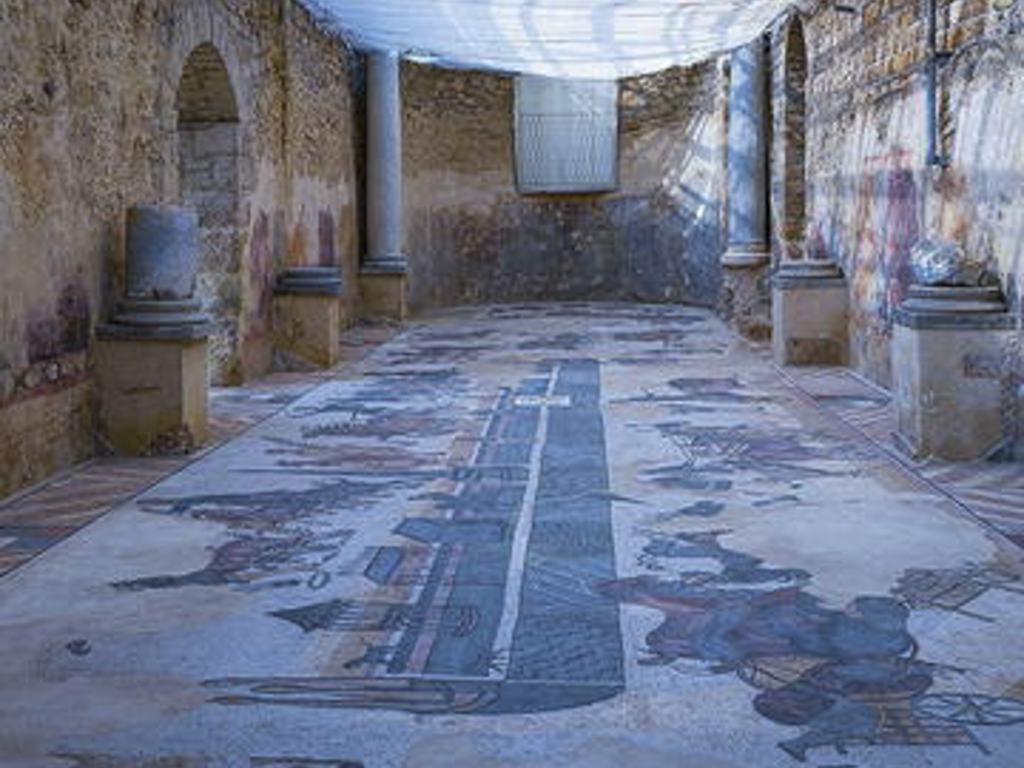
unesco.cultura
The Mosaic of the Great Hunt
Of the mosaics of Villa Armerina certainly two are the most important: the Mosaic of the Small Hunt and the Mosaic of the Big Hunt.
The first depicts the capture and killing of a hare by a knight.
The second, the Mosaic of the Great Hunt, is the largest of the Villa del Casale and extends throughout the floor of the corridor that separates public and private area of the building, about sixty-six meters long and five wide.
From the studies carried out over the years thanks to the stratigraphic reliefs, the mosaic seems to date back to 330 AD.
His name, if you do not have it before your eyes, can deceive because, in reality, it does not represent a hunt but the capture of wild animals for games in the amphitheaters of the empire in Rome, where no animals are killed and where hunters only use weapons for defense.
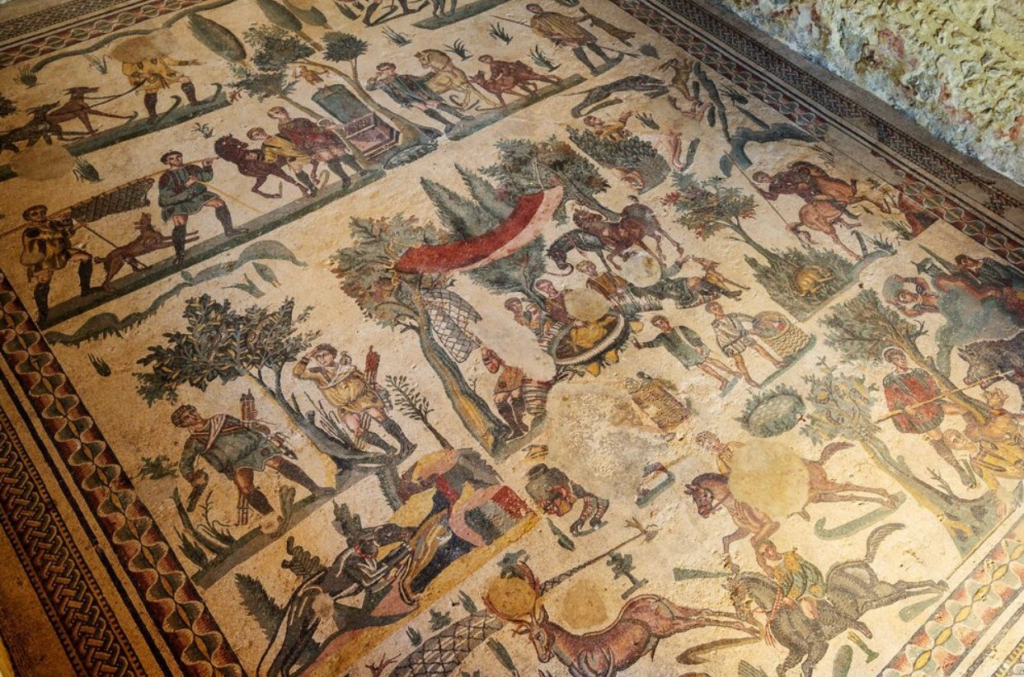
hitsicily
Features of the Great Hunt Mosaic
The Mosaic of the Great Hunt is rich in episodes and particular depictions: for example, there are two female figures that would represent one Africa, with a spear in hand and flanked by a leopard and a lion, the other Egypt, with an elephant, a tiger and a phoenix next to her.
In general, in the scenes depicted on the sides, the capture of animals is depicted while, in the central ones, their transport to Rome is represented and in the background you can see the sea and cargo ships in the distance.
The interpretation, therefore, tells us that the areas of Africa and Egypt represent the places where the animals were taken while the landscape with the sea and the ships depict, precisely, the journey that these animals will make to be transported in the Roman amphitheaters, where the games will take place.
The mosaics of the Villa of Piazza Armerina represent a fundamental testimony and a unique opportunity to get in touch with the past life of the Roman people, understand their habits and habits and study their civilization thoroughly trying to imagine what it meant to manage an empire of those proportions.
Copertina: mydbook.giuntitvp

